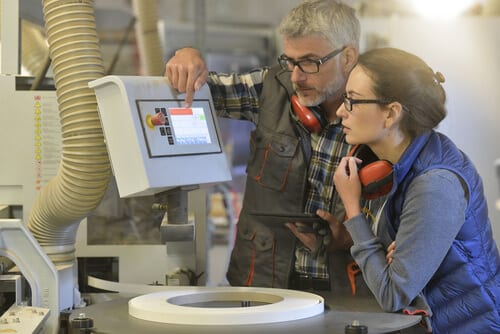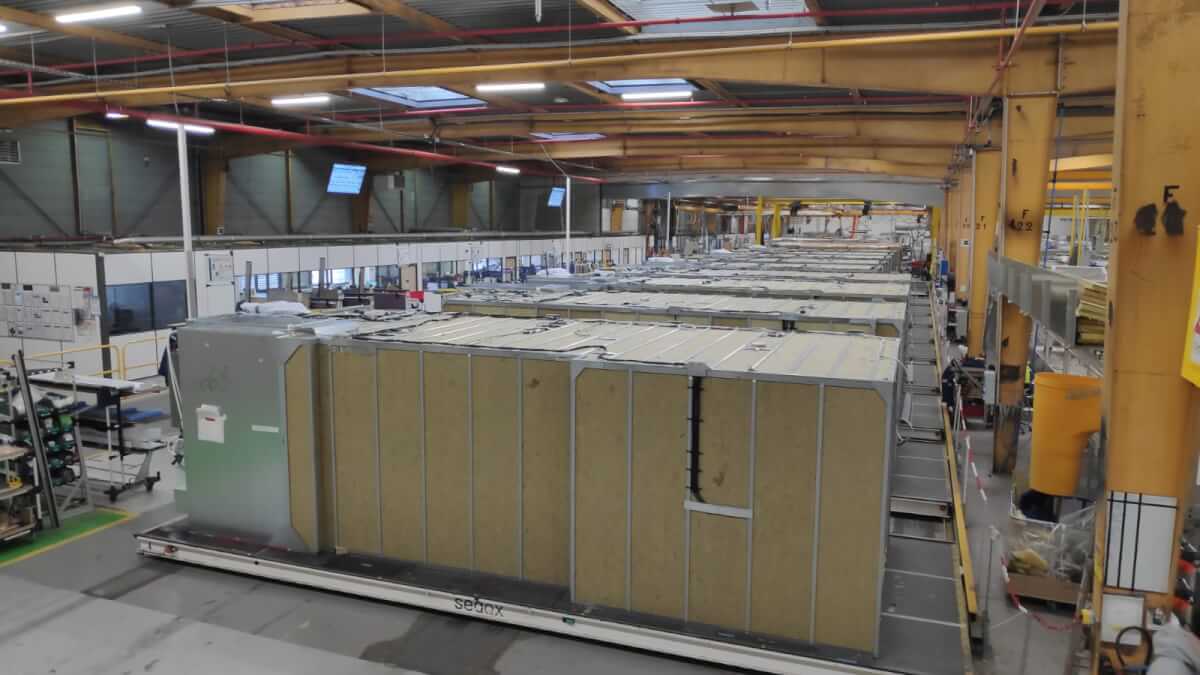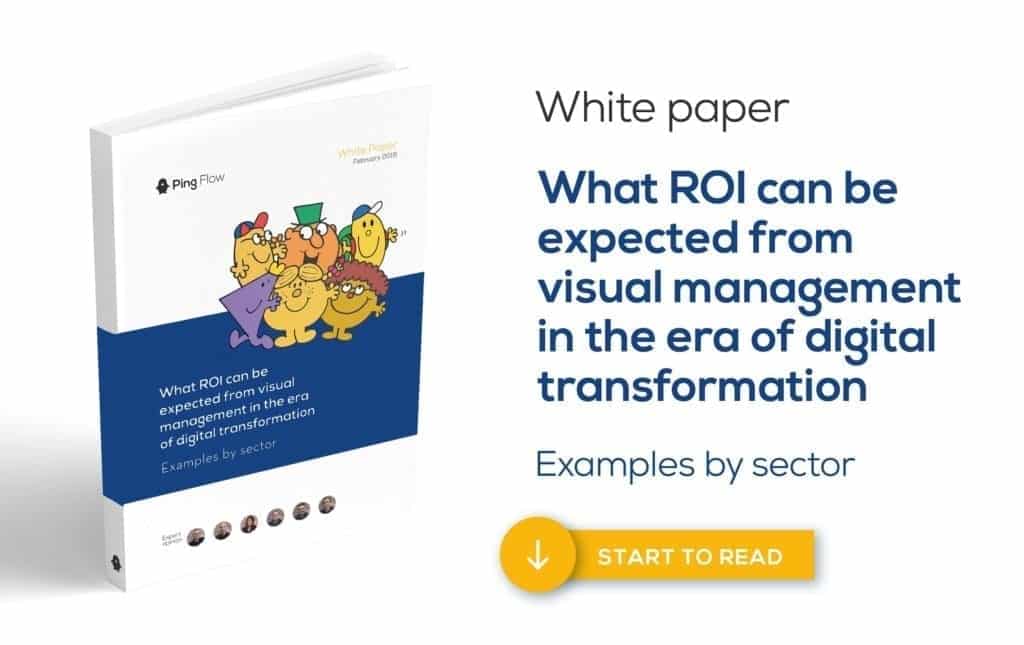
A need for visibility in production

Paper visual management offers a solution to these problems. Notice boards displays provide the same level of information to all staff. However, it is difficult to keep paper displays up to date when the volume of production increases significantly: The task becomes very time-consuming. This is why some companies have chosen to digitalise their notice board displays.
Visual management, production accelerator

Nicolas Clisson and François Robic, respectively Production Manager and Production Engineering Manager at the Atlantic Navalyard (Chantiers de l’Atlantique (CDA)) both confided in us: ‘When we implemented the Pingview solution from PingFlow, we set an objective of a 4% gain in productivity. Today we estimate that the gain in real terms is between 4% and 10%. Our job is to produce cabins for boats and ships. Thanks to the Yo-i-don method and the resulting new management methods, our operators now produce more cabins in less time. To their great delight, we eliminated the need to work overtime.’
Management above all

‘Increased visibility has really changed the attitudes of our factory teams. Now, everyone has access to the same information, which has instilled a feeling of equality between all operators. They feel more responsible for their work and can now analyse production incidents independently. This change has clearly allowed team leaders to change their roles. They are no longer there just to check up on others (a role which is never particularly welcome whether being checked or for the checker). Their role is now much more to support operators. Relationships have changed for the better, bringing about teams which work together more closely. With these sort of changes, my daily work as production manager goes much more smoothly.’
Link to download the Success Case CDA



